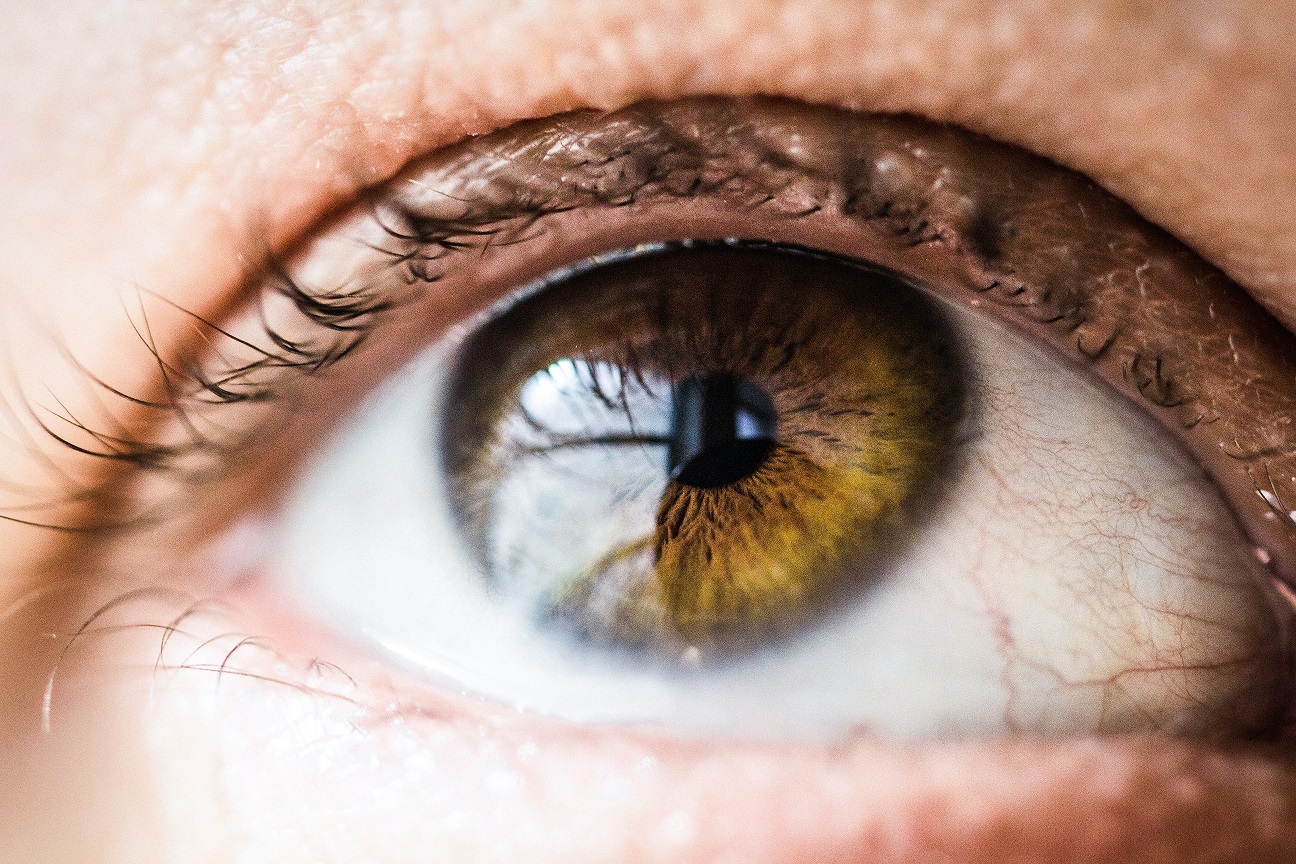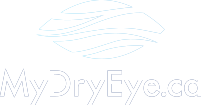Dry Eye Terms

- The glands are clogged and/or there is an abnormal anatomy of the glands that prevent it from producing functioning oils
- Check out our infographic about MGD

Oil producing glands that help protect the tears from evaporation. When they become clogged or if they are not functioning properly, this is called MGD
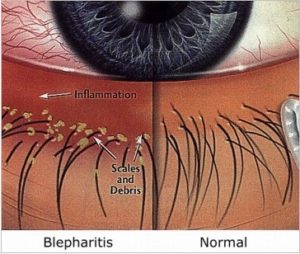
Inflammation of the eyelid margins causing them to be red, inflamed, crusty and itchy. A very common condition associated with dry eyes
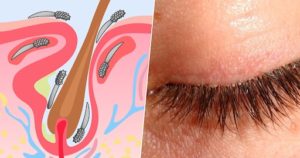
Microscopic mites that live in the meibomian glands (oil glands) or near the hair follicles. If there is too much Demodex, it can cause itchiness, MGD and inflammation.
Gentle and deep cleaning of the eyelids to maintain a healthy eyelid margin. A healthy eyelid margin is crucial for dry eye management because the openings of the meibomian glands need to be cleared of biofilm (bacteria & debris like dead skin cells). Proper eyegiene is similar to having a dental cleaning for better oral health.
- Check out our infographic about Eyegiene
This type of dry eye occurs when there is not enough water in the tears
- Commonly associated with an autoimmune disorder called Sjogren’s Syndrome
This type of dry eye occurs when there is not enough oil in the tears so the tears “dry up” or evaporate very quickly
- Commonly associated with MGD and it is the most common type of dry eye accounting for 85%+ of dry eyes
This type of dry eye occurs when there is not enough water AND oil in the tears
This type of dry eye occurs when there is abnormally desensitized corneal nerves. Patients do not suffer as much, but doctors see many dry eye signs and damage.
This type of dry eye occurs when there is abnormally heightened corneal nerve sensitivity. Patients suffer from this dry eye alot, but the doctor does not see it as much.
Sjogren’s syndrome is a chronic, autoimmune disease that attacks mucous-secreting glands including the ones that produce saliva and tears. It often causes severe dry mouth and dry eyes and mainly affects females over the age of 40.There are two types of Sjogrens’s syndrome – a primary and secondary type. Primary Sjogren’s syndrome is diagnosed in individuals with no associated autoimmune connective tissue diseases. Secondary Sjogren’s Syndrome occurs in individuals who have autoimmune diseases such as rheumatoid arthritis and systemic lupus erythematosus.
MADE is caused by turbulent flow of air entering the eyes which may cause dry eye symptoms

The main theory behind PDE is abnormal amounts of digital screen time, diet, distress and airflow (DDDA)
Read our blog about this post here
Ocular Rosacea is an inflammation of the eyelids caused by abnormal blood vessel growth (telangiectasia). The abnormal blood vessels release inflammatory proteins that causes redness, burning, stinging, and dryness.
MyDryEye Procedures and Treatments
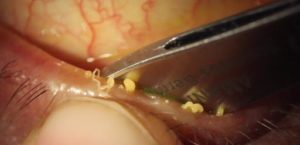
MGE is an in-office procedure that removes the clogged oils in the meibomian glands. It is performed with a MGE paddle
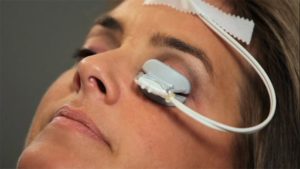
Lipiflow® is a 12 minute treatment designed to clear blocked Meibomian glands or oil glands found in the upper and lower eyelids, using a combination of heat and gentle massaging. The goal is to remove blockages or obstructions in the glands. This will allow for the natural production and outflow of oils which is required for a healthy tear film. The oils are crucial to maintaining tear stability because without them, the tears would evaporate faster than produced.

iLux® is a handheld device that is used to treat MGD. It is designed to unblock and express the Meibomian glands (upper and lower) by gently warming them with heat and light pressure. The natural flow of oil will increase the quality of tears so it does not evaporate as quickly
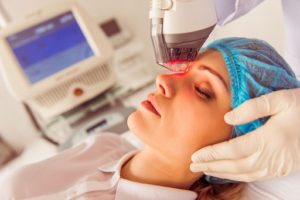
Intense Pulsed Light (IPL) is a treatment that uses pulses of light that will melt and release hardened oils that have blocked the meibomian glands in the eyelids. This will also help reduce inflammation of the eyelids that is contributing to dry eyes, as well as redness while stimulating the glands to release the healthy oils. It also regulates bacterial flow that is out of balance in dry eye patients
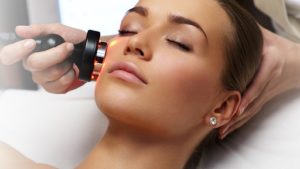
RF is a treatment that uses radio frequency to target the clogged meibomian glands by gently warming up and softening the oil. This allows for the better oil outflow to coat and protect the tears from evaporation
IDP is a treatment that unclogs obstructed and scarred meibomian glands. It helps restore the integrity of the glands for better oil outflow
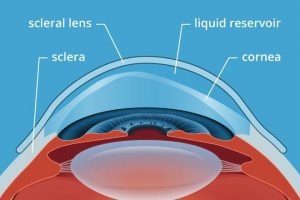
Scleral lenses are specialty contact lenses that create a liquid bandage for dry eye patients because there is a constant flow of tears inside the lens. They are larger than the average contact lens and are tailor fit for your eyes. It rests on the scleral (aka the white part of the eye) instead of the delicate cornea

Mechanical removal of keratin (protein) from the meibomian glands that are obstructing the oil flow. The procedure is done by the optometrist and it is done behind the microscope (slit lamp)
Eyegiene (Eyelid Hygiene):
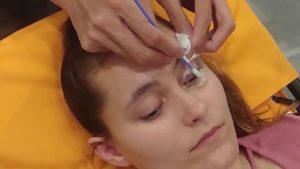
The ZEST treatment is a deep and gentle exfoliation and cleaning of the eyelids. The goal of the treatment is to clean the eyelid margin which has the openings of the meibomian oil glands which release oils into the eye, crucial for a healthy tear film. On the eyelid margin, a biofilm residue that clings to the lid and blocks the glands is what is cleared. An okra-infused solution is used to break apart this biofilm with the use of a sterilized cotton-tip applicator (ZEST-specific applicator) to gently scrub and exfoliate the lid margin to remove the debris
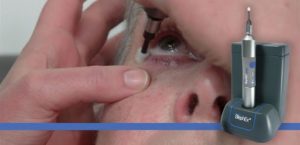
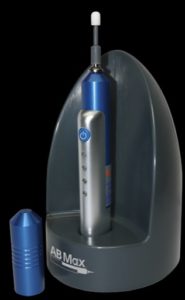
Bleph-EX and A/B Max are handheld devices that remove biofilm and bacteria from the eyelids. It utilizes a medical grade micro-sponge that exfoliates and cleans the eyelids.
HOCl is a common disinfectant in healthcare because of its gentle yet effective power. It has the same active ingredient as bleach but holds a different chemical structure. HOCL has been shown to provide relief from dry eyes, chalazia and hordeola.
D&I is a test indicated for the obstruction of the drainage system of tears. It is completed in a small opening along the eyelid margin called the punctum
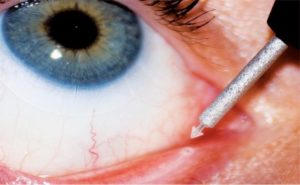
Punctal plugs can be placed in the tear duct to slow the drainage of tears. The punctal plugs can be permanent or they can be temporary by dissolving within a few months. Punctal plug insertion can be performed by your optometrist. Another way to alter the punctum is to burn the tear duct so the scarring will cause it to close. This procedure is done by an ophthalmologist
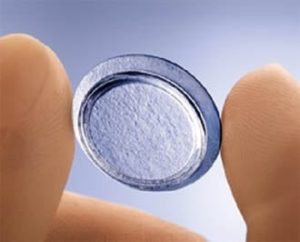
Amniotic membranes are biological membranes, similar to a contact lens, that is used to repair, protect and heal the damaged ocular surface. It is indicated for patients with dry eyes, corneal ulcers, chemical burns and other inflammatory diseases. It is made out of amniotic membrane tissue that has several anti-inflammatory and healing properties.
Dry Eye Prescription Medicine
A prescription eye drop that is an immunomodulator. It blocks T-cell proliferation to reduce inflammatory response in chronic dry eyes
A prescription eye drop that is an immunomodulator. It blocks interactions along the T-cell pathway to reduce inflammation in chronic dry eyes
Prescription eye drops that reduce inflammation in dry eyes. It can only be used temporarily because there are risks of high eye pressure and cataracts
Prescription eye drops that are made out of your own blood serum and plasma. The plasma contains growth properties, proteins and antioxidants to promote healing of the ocular surface. ASED nourishes the delicate cornea with these healing properties. It must be stored frozen and only certain pharmacies can compound it.
Prescription eye drops that are made out of your own blood serum and plasma with more concentrated platelets (compared to ASED) to promote healing of the delicate cornea. PRP also contains growth properties. It must be stored frozen and only certain pharmacies can compound it.
An oral antibiotic that is used for treatment of MGD
An oral antibiotic that is used for treatment of MGD
An oral prescription medication that is used to stimulate the secretion of lacrimal and salivary glands by stimulating the parasympathetic system. It is mainly used for Sjogren’s Syndrome patients.








